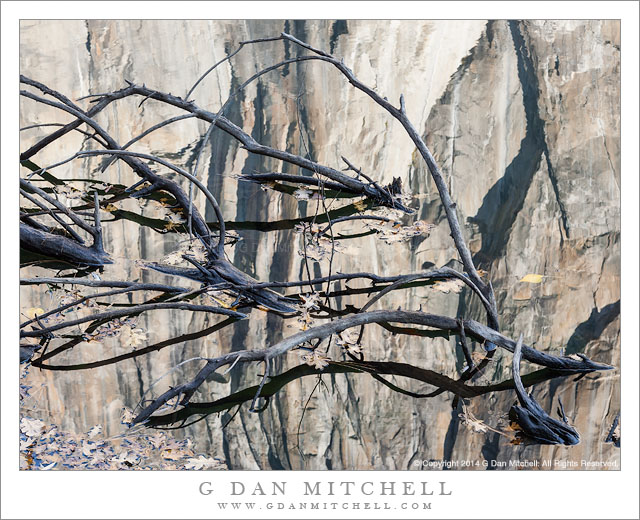
Foto Automatica. Florence/Firenze, Italy. August 28, 2016. © Copyright 2016 G Dan Mitchell – all rights reserved.
A sidewalk “foto automatica” booth in Florence, Italy
The “foto automatica” (sometimes called a “photo booth” in America) is rapidly becoming a dated thing. Now that everyone carries a smart phone with its built-in camera, every place can be a photo booth. Years ago these were more common — both for simply getting a picture (or several) of yourself and for collecting a group of friends to share the cost and then mugging for the camera.
I don’t see many of these today, but there are a few still around. This one near our hotel in Florence was very popular. This photograph is a bit misleading — on virtually every other occasion when I passed by there were groups of people inside and outside. I suspect that part of the fun is that it produce something that we don’t see so much today, namely snapshots printed on paper.
 G Dan Mitchell is a California photographer and visual opportunist. His book, “California’s Fall Color: A Photographer’s Guide to Autumn in the Sierra” is available from Heyday Books and Amazon.
G Dan Mitchell is a California photographer and visual opportunist. His book, “California’s Fall Color: A Photographer’s Guide to Autumn in the Sierra” is available from Heyday Books and Amazon.
Blog | About | Flickr | Twitter | Facebook | Google+ | LinkedIn | Email
All media © Copyright G Dan Mitchell and others as indicated. Any use requires advance permission from G Dan Mitchell.



